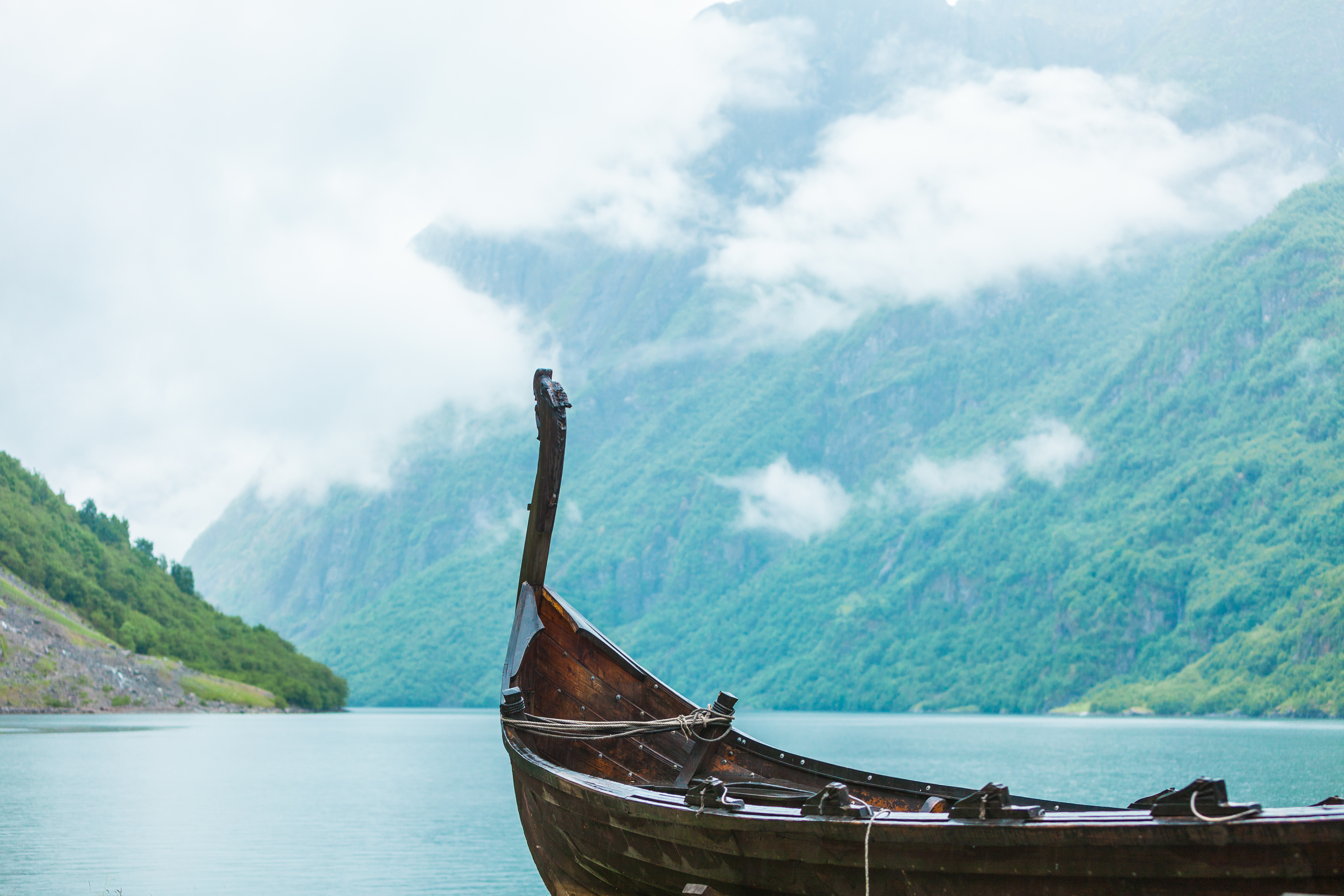
Great discussion of the Viking way of war can be found in Norse Warfare: A Portrayal of Combat, Raids, and Plunder in the Viking Age by Martina Sprague. I will summarize a lot of comments in the book, starting with an explanation why even though they had the same weapons and essentially the same techniques as everyone else in Europe at the time they were so successful.
Lots of other interesting comments in the book that I want to mention and some intriguing observations I have not read elsewhere.
Please look at this series of posts as a book report. Unless otherwise noted, the comments are summaries of information provided by the author. I describe the ideas in my own words with my own perspective on the concept.
In a few places I have synthesized her comments with what I’ve read elsewhere.
Book has background on why Norwegians, Danes and Swedes went aviking and explains why summers were the raiding season.
Opportunities overseas
From my other reading I am aware there is some debate whether population pressures forced Scandinavians to go aviking or to set sail to seek farmland overseas.
Text indicates population of Scandinavia was around 2 million with some sources saying was only 1 million.
Whether there was population pressure or not, life in Scandinavia involved hard labor on a farm with not a whole lot of opportunities for advancements or to gain substantial wealth. Therefore for young men, or even mature men for that matter, wanting to gather enough money to buy a large farm and the slaves to run it or to advance rapidly, the best opportunity was to go on a raid.
Book points out overseas there were opportunities to find riches or easy land to work or get some advancement.
Ironically, when I came across that discussion I realized that is the choice my and father and his three siblings made. Their options were to continue fishing in the cold, harsh North Atlantic or farm a small plot of land in Norway, or on the other hand they could give farming a try in the United States.
My dad’s father and his mother’s two parents took a chance on the US for the opportunity to advance in life.
How many went on raids?
Book speculates that only 2% or 3% of the men took to the sea. Out of a population of 2 million (estimate in text) that suggests to me there were probably 500,000 or 750,000 men. That would suggest from 10,000 up to 22,000 men going to sea. Increase the numbers up or down as you wish and spread across time as you wish.
The point is the overwhelmingly vast majority of Scandinavians stayed on the farm their entire life.
Raiding season
The raiding season was typically summertime. Both the farming cycle and prevailing winds encourage this.
In the spring farmers would plant their crops and in the fall would harvest the bounty. In the spring the prevailing winds were to the west, making it easy to sail to Ireland or England or France. In the fall the prevailing winds were to the east, making it easy to sail back to Scandinavia.
So, that means farmers could put the crops in during the spring, grab the prevailing winds to England or Ireland, do their Viking thing gathering loot and slaves, take the prevailing winds back home in the fall, gather the harvest, then repair the ships and make more weapons in the winter. During the long cold nights planning could commence for raids the next spring.
Book says early on in the Viking era raids consisted of between three and six ships with between 20 to 40 warriors per ship. This would put raids anywhere from 60 to 120 or 240 warriors.
Later many small bands would gather into our raiding parties of 100 or more ships.